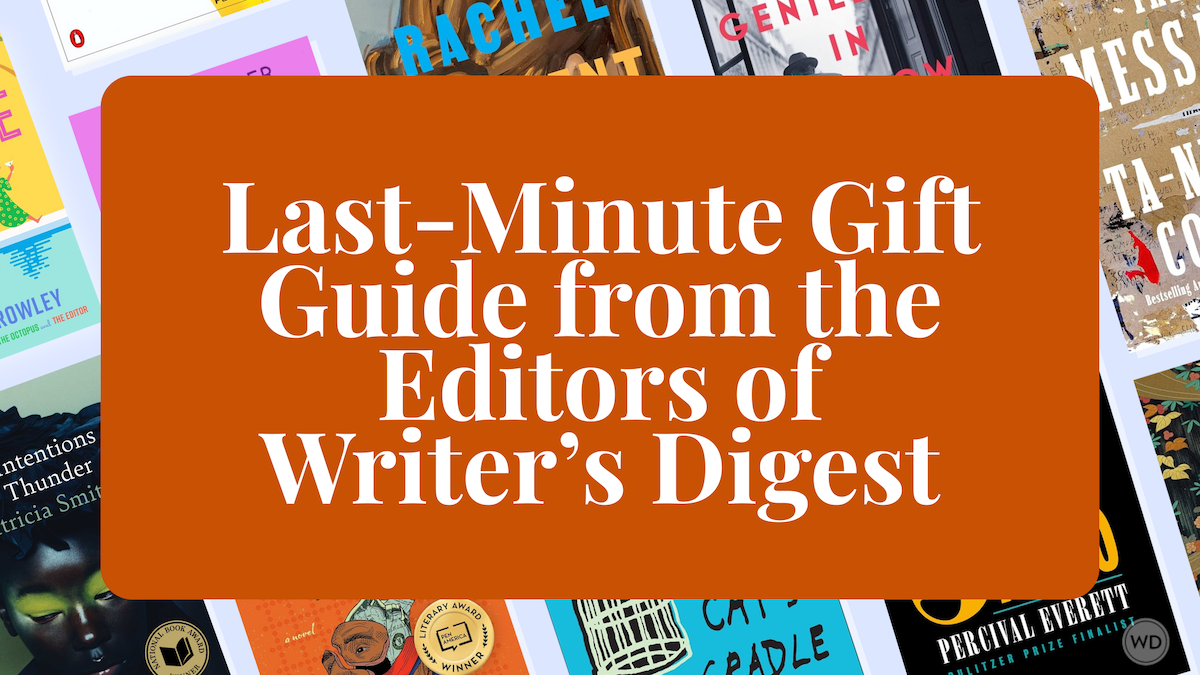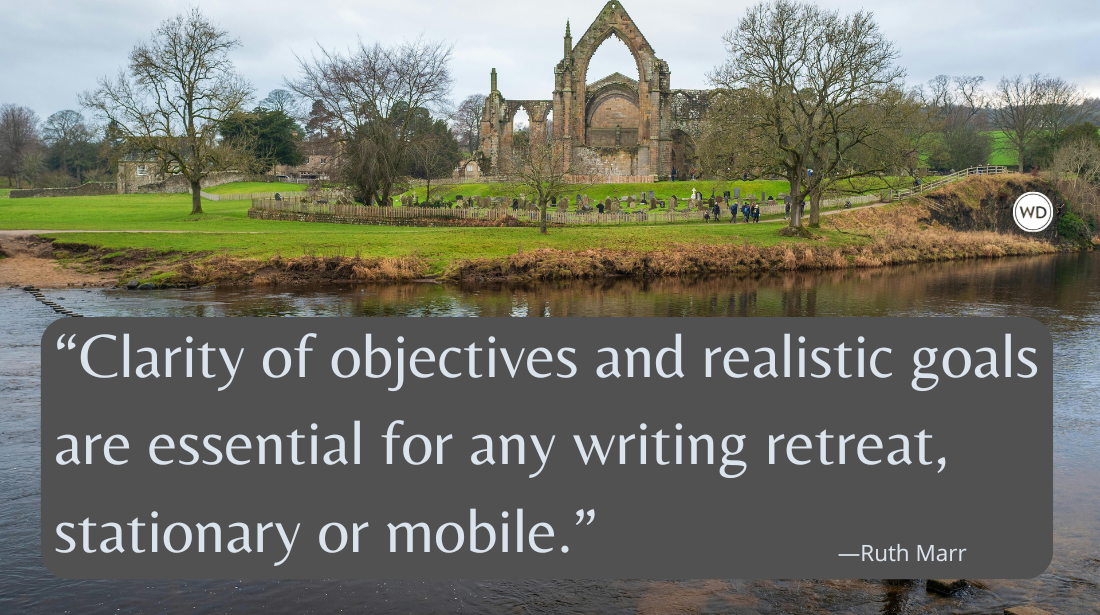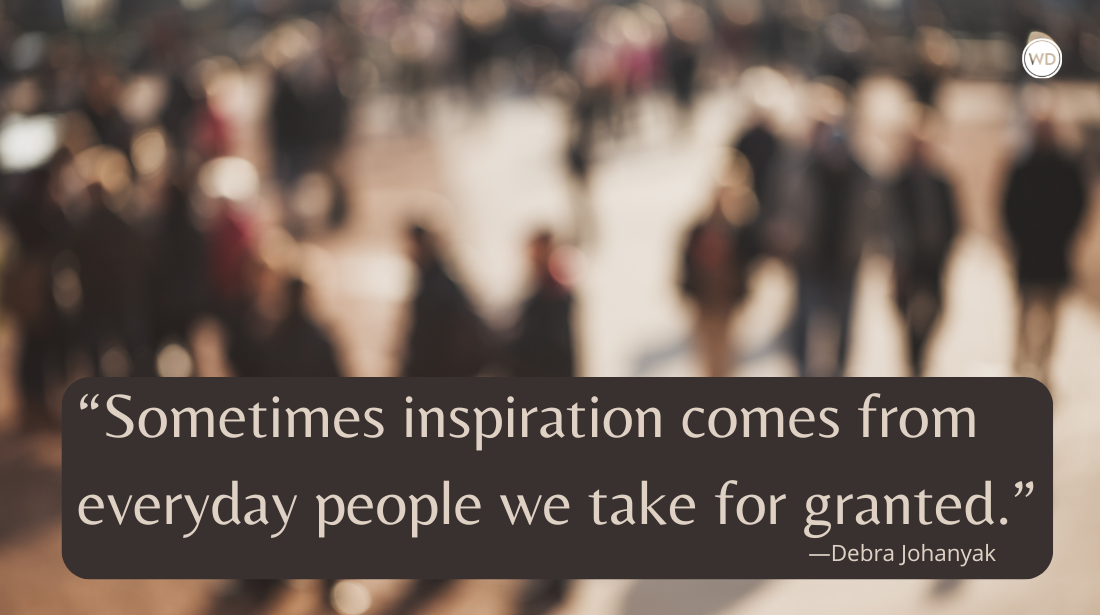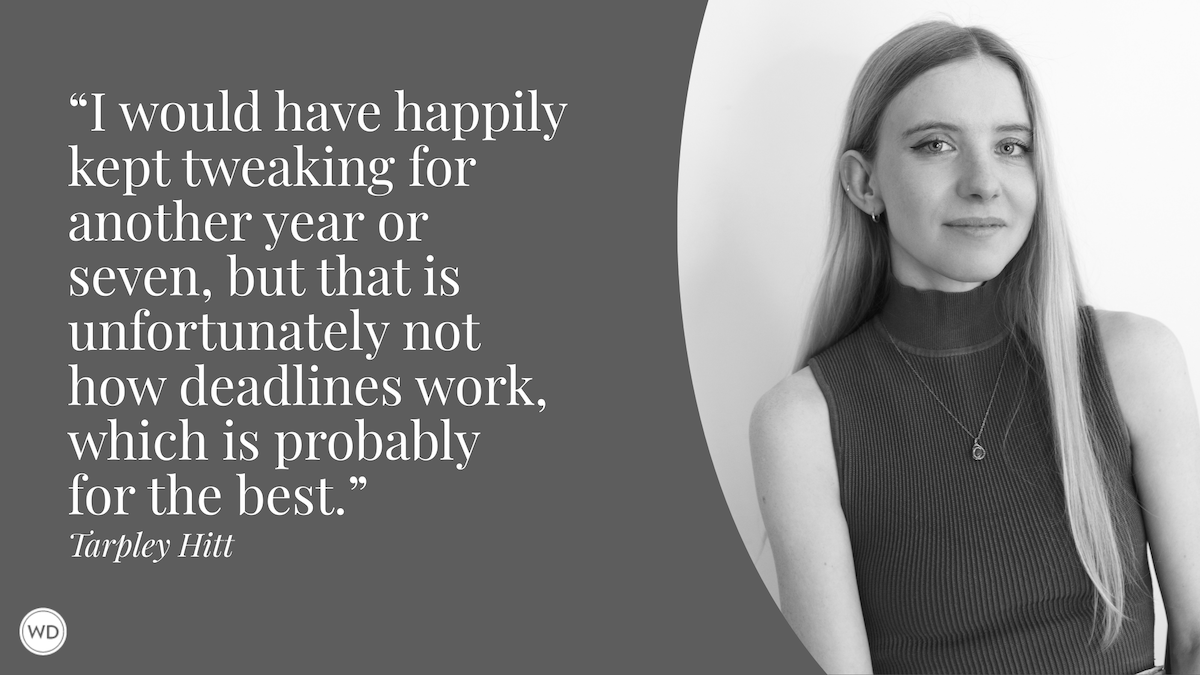Martha Bátiz: Don’t Forget To Have Fun
In this interview, author Martha Bátiz discusses the 16-year process that went into her new novel of historical fiction, A Daughter’s Place.
Martha Bátiz is an award-winning writer, translator, and professor of creative writing and Spanish language and literature. She is the author of five books, including the story collections No Stars in the Sky and Plaza Requiem (winner of an International Latino Book Award), as well as the novella Boca de lobo / Damiana's Reprieve (winner of the Casa de Teatro Prize). Born and raised in Mexico City, she now lives in Toronto. A Daughter’s Place is her first novel. Follow her on Bluesky, Facebook, and Instagram.
In this interview, Martha discusses the 16-year process that went into her new novel of historical fiction, A Daughter’s Place, her hope for readers, and more.
Name: Martha Bátiz
Literary agent: Verónica Flores/ VF Agencia Literaria
Book title: A Daughter’s Place
Publisher: House of Anansi Press
Release date: May 20, 2025
Genre/category: Historical Fiction
Previous titles: No Stars in the Sky (Short stories/ House of Anansi Press, 2022), Damiana’s Reprieve (Novella/ Exile Editions, 2018), Plaza Requiem (Short stories/ Exile Editions, 2017), Boca de lobo, De tránsito and A todos los voy a matar (novella and short story collections in Spanish, 2009, 2014 and 2000 respectively)
Elevator pitch: This polyphonic novel portrays the lives of the daughter, sisters, niece, and wife of Spanish writer Miguel de Cervantes, author of Don Quixote, focusing on the complex nature of their personal relationships and the perilous historical time in which they lived.
What prompted you to write this book?
I was a graduate student at the University of Toronto working on my doctoral dissertation and reading about Early Modern Spanish theatre for my minor, and I came across information having to do with Miguel de Cervantes (author of Don Quixote, and “Spain’s Shakespeare”) having an illegitimate daughter with whom he had a stormy relationship. Most academic accounts I read about her, and about Cervantes’ sisters, referred to them as women of questionable morality and treated them with contempt, especially his daughter, Isabel. I was intrigued and wanted to find out more about these women and about this daughter, and as soon as I started doing some serious research, I knew that these women had been misunderstood and mistreated for centuries. So, I decided to fix that and write the book I would have liked to have found when I was first starting out my quest back in 2009.
How long did it take to go from idea to publication? And did the idea change during the process?
It was the longest of journeys, but a wonderful one. I first got interested in the subject in 2009, but I had to finish my doctorate before I could focus on another huge endeavor. Then, as it always happens, something else kept coming along that kept me from it, yet whenever I had a spare second, I read and saved academic articles and books on the subject so that I could start acquiring the knowledge I needed in order to fuel what from Day One I sensed would be a Gargantuan project. I only started putting all of that information together when the pandemic hit and I was home and had the opportunity to focus on what came next: how to turn my research findings and conclusions into fiction, and historical fiction specifically, which was something totally new to me.
I enrolled in a Historical Fiction course at the University of Toronto’s School of Continuing Studies, and, under Marina Endicott’s guidance, I reshaped my opening chapter and understood more about the process that was ahead of me. And because I work best under pressure and love the workshop environment, I begged Amy Stuart to take me under her wing to revise material as I produced it, and for a few months I worked with her and fellow writer Vicky Bell, in a process that felt very archeological yet organic to me: I knew those characters were there, I just had to unearth them.
It was then that my wonderful editor at House of Anansi asked me what I was working on at the moment, as we had already released my short story collection, No Stars in the Sky. I showed him the opening chapters of the book and my outline, and thankfully he was interested in the story, so that’s when it stopped being a dream I alone was nurturing. It became a serious plan. Something I had to deliver by a certain deadline (which, mercifully, was flexible, because this novel was really tough for me to structure and organize, and then there was endless writing, deleting, and rewriting). I handed in a “finished” manuscript in the spring of 2024 and spent the rest of the year fine tuning the draft with the generous support of the Anansi team so it could be ready for publication this year.
All in all, from the time this idea made its debut in my mind until it became a manuscript that could be printed, 16 years went by. And I only started actively working on it in March 2020.
The idea didn’t truly change during the process. I was set on having four narrators, and historical accounts and data guided me towards the milestones I had to hit. My only problem was that I wrote too much at the beginning (my first draft was around 500 pages long), so a lot of the work was to shed what was not needed in order to tell the story in the best way possible. Now that I think about it, it resembled a bit like the work that sculptors do: I created a huge block from which I could chip off pieces here and there in order to reveal the shapes concealed beneath.
Were there any surprises or learning moments in the publishing process for this title?
The entire process was a learning moment for me. I had never written anything that long, nor any historical fiction. It was all foreign to me, frightening yet exciting. It was a challenge to establish and maintain the points of view, for instance, since there are four and the book is long. But I tried to learn from every mistake, and from every correction I received. I am always thankful for feedback and criticism that makes me grow.
Were there any surprises in the writing process for this book?
At times, the writing process felt like a Quixotesque adventure: a foolish and outrageous enterprise I had set out to pursue propelled by nothing but a dream. I think the surprises will come, probably, after it’s been released, and people (hopefully) read it. Cervantes is a name many people recognize, particularly when one mentions his masterpiece, Don Quixote. But few people know anything about his personal life, much less about the women that surrounded him, which is why I felt this was a story that needed to be told. But Cervantes is also so well known in Spanish-speaking countries (even though I doubt that many people know a huge number of details about his life or family over there either, to be honest), that I’m nervous about people’s reactions (particularly in Spain, you know? Because I’m Mexican-Canadian and wrote this in English, so in a sense it’s very daring—but fingers crossed it won’t be taken as an affront). It is a book that was written with a lot of love and respect not only for these women and for Cervantes, but for Spain, which is a country I adore and where I’ve always felt at home.
What do you hope readers will get out of your book?
I hope they will learn more about Cervantes, of course, and hopefully be inspired to actually read Don Quixote, but most importantly, I want to change the way in which people have thought of the Cervantes women for centuries. I want Isabel de Saavedra, his daughter, to be appreciated and admired as the rara avis that she was, strong and clever to overcome every obstacle that her gender and society’s rules threw at her. I want for readers to know that yes, Cervantes was a fabulous writer, and a very advanced man for his time (this I firmly believe), but there was more than just one great woman behind this great man. There were at least five: Isabel, his daughter; Constanza, his niece; Magdalena and Andrea, his sisters; and Catalina, his wife. And it’s time for them to receive the recognition they deserve.
If you could share one piece of advice with other writers, what would it be?
Never give up. If the desire to write a story, to give birth to a character on the page, is brewing inside you, don’t ever give it up. Like Don Quixote, fight against every monster that crosses your path—and there are many, from Insecurity and Fear to the ugliest of them all, Rejection. The only way to defeat them is by continuing to write. Charge on! In the end, if you’re willing to do the work—all the writing and rewriting required—you’ll reap the reward. Who cares if it takes time? Who cares if you have to start over and over and over again? Just keep going, one step at a time. One word at a time. One page at a time. And don’t forget to have fun while you’re at it. Writing is, above all else, a huge pleasure. Even when it gets tough, we must never forget what incredibly fortunate people we are. We have received the gift of an active imagination, just like Don Quixote, and the desire to affect some kind of change through our words. I cannot imagine there being a better job in the entire world.









